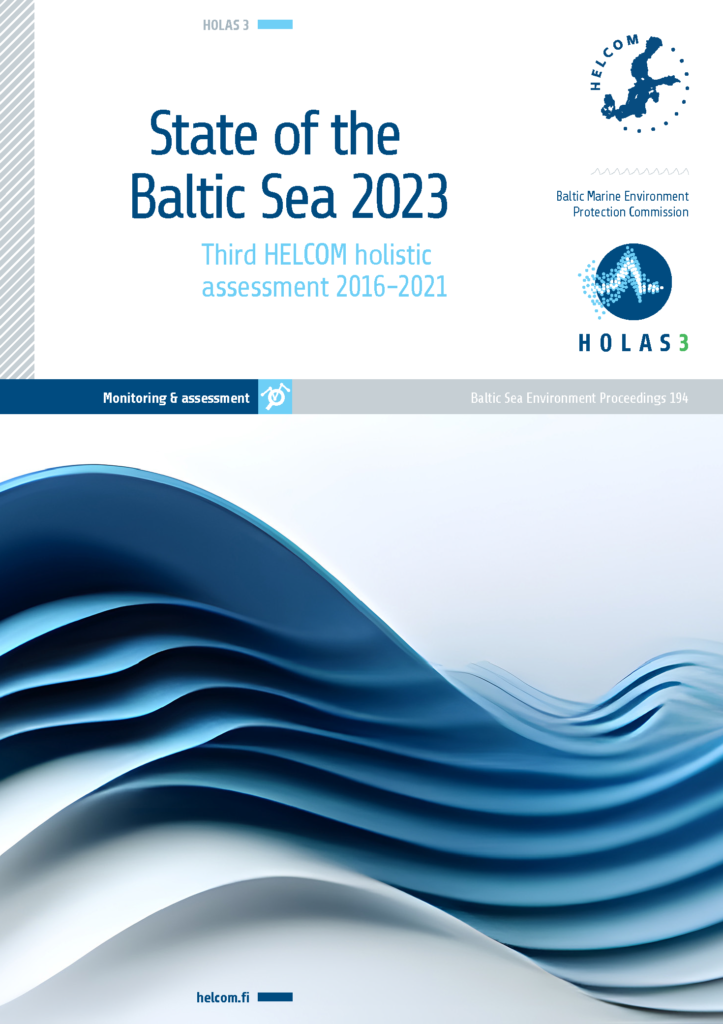FINDINGS
The state of the Baltic Sea ecosystem has not improved
The knowledge base of this holistic assessment is more comprehensive than that of previous HELCOM assessments. Several uncertainties have been reduced, and assessment approaches improved. Unfortunately, the results show only little or no improvement in the state of the Baltic Sea environment in 2016-2021.
Indicator-based assessments show cases of poor status in environmental pressures across the full spatial extent of the Baltic Sea. Across pelagic habitats, benthic habitats, fish, waterbirds and marine mammals, only a few indicators reached their threshold values in parts of the Baltic Sea, and none in all assessed areas. For some species groups, such as marine mammals and fish, the integrated status has worsened compared to the previous assessment. Many commercial fish stocks in the Baltic Sea are in an especially poor state.
This deterioration jeopardizes the sustainable use of species in the Baltic Sea, and it also impacts ecosystem functions that are of central importance for humans. The poor environmental status of the Baltic Sea clearly affects, for example, the profitability of fisheries and tourism, and it also impacts a wide range of ecosystem services on which we depend.
Considering the high costs of inaction, achieving a healthy Baltic Sea is also an investment in the sustainable economic and societal development of our region. Achieving good environmental status in national marine waters by 2040 has been estimated to be worth 5.6 billion euros per year to the people around the Baltic Sea.

State of the Baltic Sea 2023 — The third HELCOM holistic assessment (HOLAS 3)
State of the Baltic Sea 2023 is a synthesis report that builds on, and integrates, results from a wide range of assessment products produced within the third HELCOM holistic assessment. Its role is to link information from the underpinning assessment products together, thus highlighting the holistic aspects. With this in mind, the summary report focuses on presenting the results and on an in-depth look at why we are seeing these results, providing over-arching context and analysis. The report helps develop a clearer picture of where we are and how things are connected, supporting coordinated and effective measures to strengthen the Baltic Sea environment.
